Metals and precious stones
What would jewelry be without these wonderful gifts that our land offers us? The basis of jewelry is forged in the purest metals to give full meaning to the most precious stones.
The term “precious metals” represents a rare and valuable metallic chemical element. Depending on the era, different metals have had the greatest popularity. If we think mainly of sterling silver, yellow gold, white gold, rose gold and platinum, it is not necessarily the most expensive which has always been the most appreciated by the different peoples of our civilization. All metals have their strengths and constraints, it’s up to everyone to choose which metal suits them best! With the services of Flamme en rose, you can even recycle your gold.
The term “precious metals” represents a rare and valuable metallic chemical element. Depending on the era, different metals have had the greatest popularity. If we think mainly of sterling silver, yellow gold, white gold, rose gold and platinum, it is not necessarily the most expensive which has always been the most appreciated by the different peoples of our civilization. All metals have their strengths and constraints, it’s up to everyone to choose which metal suits them best! With the services of Flamme en rose, you can even recycle your gold.
For its part, the term “precious stone” is applied to gems that are of natural origin, with good hardness as well as relative rarity. The stones which have the denomination of precious are the diamond, the sapphire, the ruby and the emerald. The quality of a gemstone is assessed based on a series of criteria, primarily weight, color, cut and clarity. Taken together with market supply and demand, these criteria determine the value of a precious stone. Indeed, high demand can increase the value of a stone, despite its lower rarity. The value of gemstones also depends on where they come from and where they are sold, as supply and demand vary by country.
In addition to precious stones, we can also distinguish two other types of gem categories, namely fine stones and organic stones. Fine stones, sometimes called semi-precious, concern all gems of mineral origin which do not appear in the list of precious stones. Among others, we find in this list stones such as garnet, topaz, citrine, amethyst, turquoise and quartz. The third category of organic stones includes gems made from organic matter such as pearl, mother-of-pearl, amber and coral.
Precious stones
-
Diamonds
-
Moissanite
-
Ruby
-
Emerald
-
Sapphire
-
Tsavorite Garnet

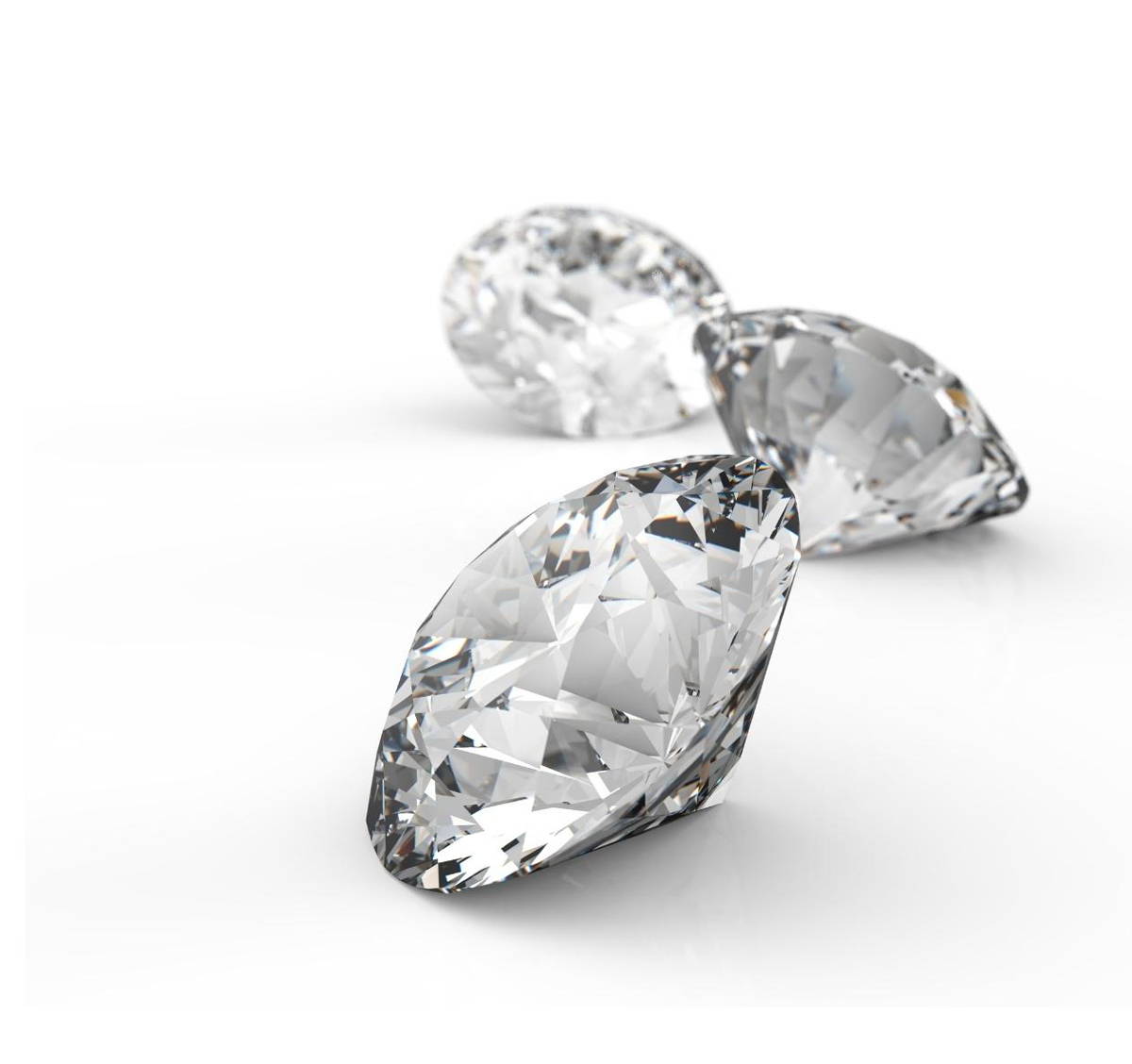
Diamonds
Diamond is the most precious stone there is! According to Greek mythology, Cupid's arrowheads were topped with diamonds, making him a symbol of pure love. It is also due to this reputation that the diamond is the stone par excellence on engagement and wedding rings. On the other hand, it is only after 60 years of marriage that you will be able to celebrate your diamond wedding anniversary!
Diamonds are composed of carbon, making them the hardest natural stone in the world. This exceptional stone is formed under conditions of extreme temperature and pressure. The diamond has 4 main characteristics which determine its price; cut, clarity, color and carat. This rule is also called the 4C rule.
Cut
The cut or size of a diamond is the only one of the four criteria to depend solely on human know-how. Quality cutting requires perfect proportions and symmetry to allow the ideal path of light through the stone. The brilliance of the diamond depends on this essential step, because even a white and pure diamond will be dull if it is poorly cut.
Color
Diamonds are classified by color. The most sought-after color is pure white, that is to say without any nuance of any color. These colors are rated from D, the most exceptional white to Z, a brownish yellow tint.
| Coded | Color |
|---|---|
| D | Exceptional white + |
| E | Exceptional white |
| F | Extra white + |
| G | Extra white |
| H | White |
| I and J | Shaded white |
| K and L | Lightly tinted |
| M to Z | Color marked |
Clarity
Diamonds contain a wide variety of inclusions that can change their appearance. Inclusions are indicated using the following codes:
| Coded | Meaning |
|---|---|
| VVS1-VVS2 (Very Very Slightly Included) | Tiny inclusion(s) very difficult to see under a magnifying glass at 10 times magnification (1 being the best quality) |
| VS1-VS2 (Very Slightly Included') | Very small inclusion(s) difficult to see under a magnifying glass with 10x magnification |
| SI1-SI2-SI3 (Slightly Included) | Small inclusion(s) easily visible under a magnifying glass at 10 times magnification |
| I1-I2-I3 (Included) | Large and/or numerous inclusion(s) visible to the naked eye |
Karat
The weight of the stones is expressed in carats. This unit of measurement preserved since antiquity comes from India where carob seeds (which have a constant weight) were used as a standard for weighing precious stones. 1 carat is approximately 0.20 grams or 100 points. So a 0.50 carat diamond weighs approximately 0.10 grams and is equivalent to 50 points. The size and price of a diamond are directly related to its carat weight, but not proportionally in its increase. Large diamonds are rare, explaining their high value. The value is exponential; so the larger a diamond is, the higher its price per carat will be.
Moissanite
Moissanite is an artificial stone that is very popular since it is an almost perfect substitute for diamonds. It is actually very difficult to distinguish between the two gems as moissanite is brilliant, white and dazzling. Only an expert eye will be able to see the difference.
Moissanite (silicon carbide) is the stone that is closest to a diamond on several levels: its brilliance, its color, its hardness, to name a few. Moissanite does exist naturally on earth, but it is extremely rare. This is why synthetic moissanite, created in the laboratory, is much more affordable and available to adorn and make your jewels shine.
Moissanite is an extremely interesting option for all budgets since it allows you to afford a much more imposing and just as dazzling stone at a lower price than a diamond. Also, moissanite is unmatched ecologically: it is created in the laboratory chemically and does not require mining excavation which can sometimes be questionable for the environment and the humans who work there.
Flamme en rose is a certified retailer proud to offer Forever One moissanites from Charles & Colvard.

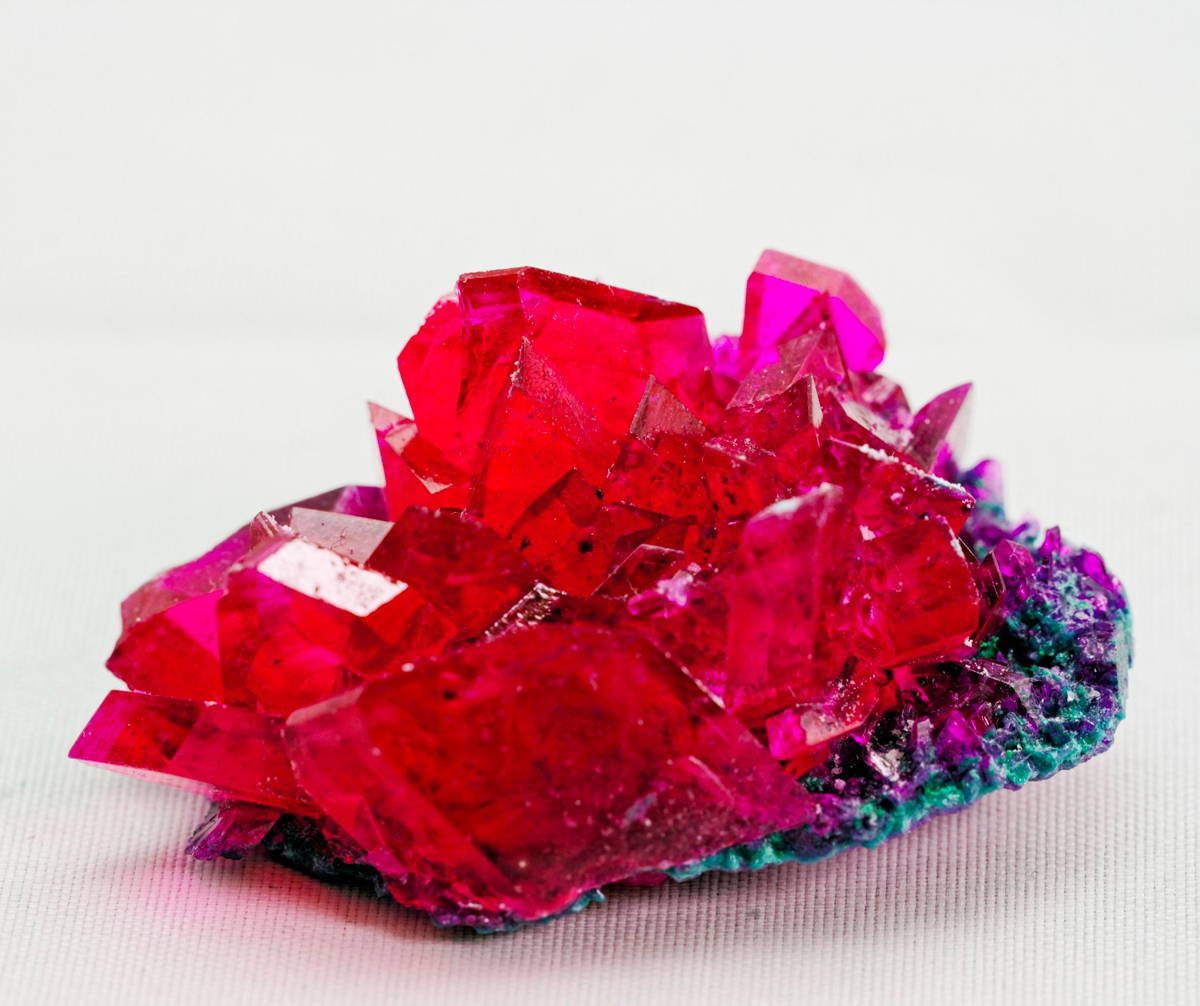
Ruby
Poetically named the “King of precious stones”, the ruby has charmed lovers and enthusiasts for millennia. For many, it is impossible not to succumb to the flamboyant charm of a piece of jewelry adorned with this sumptuous stone. Its scarlet color evokes love, passion, health, vitality; some also give ruby energizing and beneficial properties for heart health.
The color of the stone can vary from a pale pink to a bright orange or from a dark purplish to the vibrant red for which it is famous. White, pink or yellow gold can all pair harmoniously with this unique gem.
The ruby is of great rarity and is considered the most precious of precious stones; reserve it for someone very dear to your heart. More traditionally, the ruby is offered to brides and grooms celebrating a 35th anniversary and to those born in the month of July.

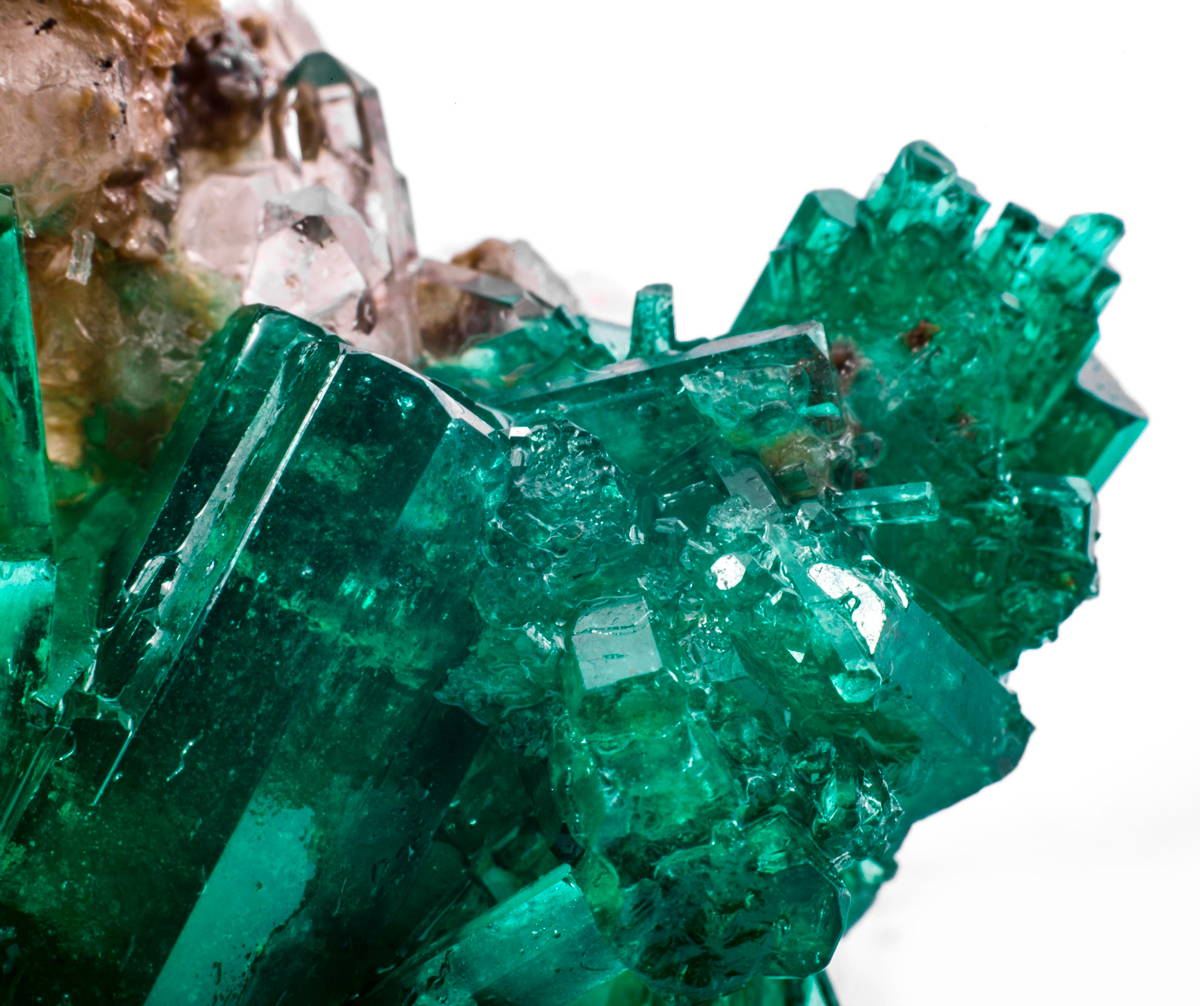
Emerald
The emerald, this precious stone with which Queen Cleopatra fell under the spell and had all her jewelry adorned, is a green jewel of mystical beauty. It is seen as a symbol of hope, rebirth or “promise of good luck”. Its color varies from a bluish green, almost turquoise, to a bright green. The inclusions contained in the stone (the small cracks that run through it) are very nicely nicknamed “the gardens”.
Emerald is the most friable of precious stones and is a challenge for gem cutters: it has also inspired lapidary artists who invented a cut specially dedicated to it: the emerald cut. With this rectangular cut, this stone will shine brightly on your jewelry.
Emerald goes very well with white gold; but it is yellow gold that will bring out the richness and depth of the green color of the stone. Give the emerald to someone born in May, to mark a 20th wedding anniversary, or to someone who has recently experienced an ordeal. It can also be offered to a traveler since it is customary to believe that it will protect them on their journey.

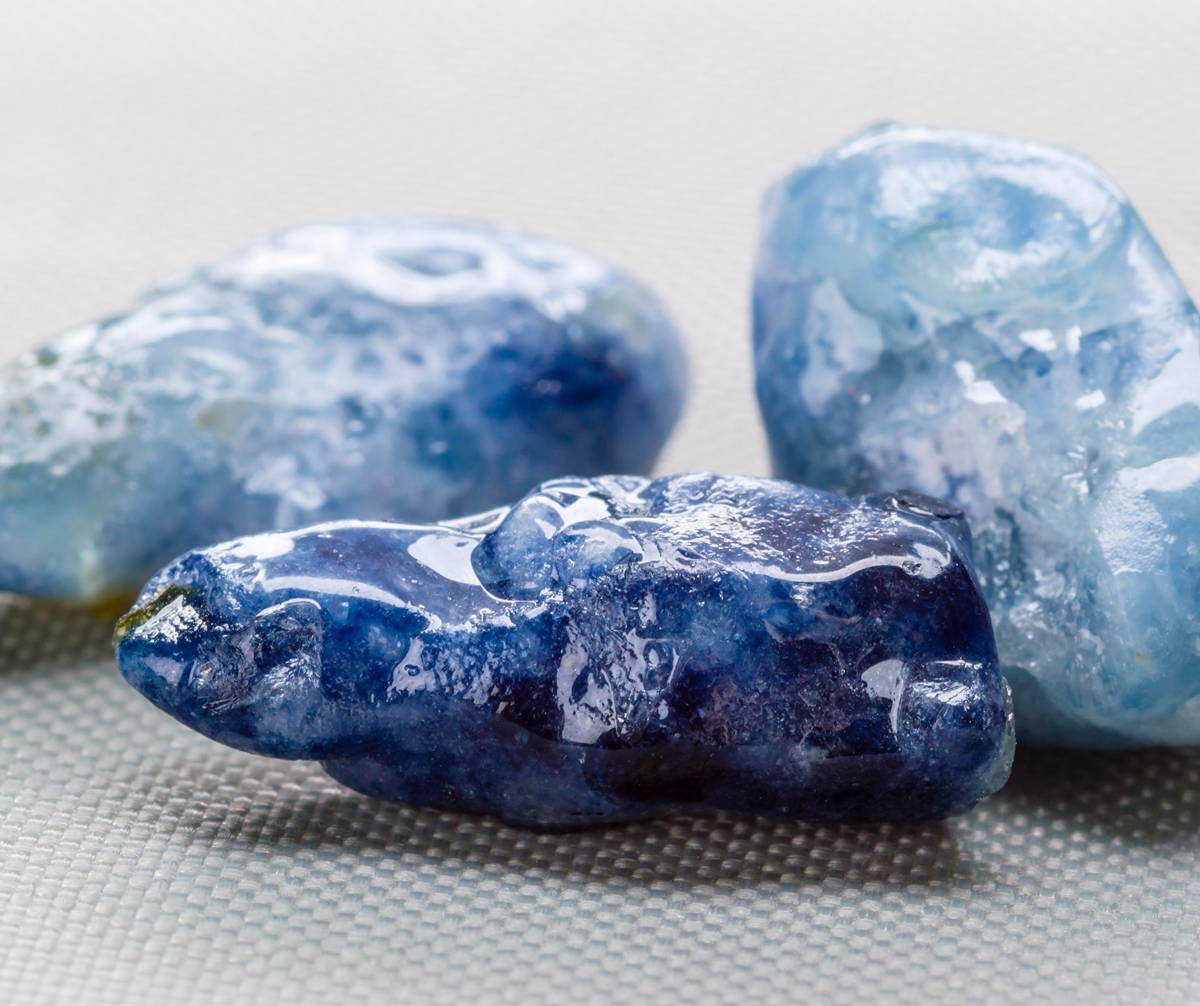
Sapphire
The term sapphire comes from the Hebrew sappir, meaning “the most beautiful thing”. Of the 4 types of gemstones (sapphire, diamond, emerald and ruby), sapphire is the variety with the most color choices. Besides the classic blue, sapphires of all colors are available; pink, yellow, orange (padparadsha), green, purple, in several tones. It is therefore possible to opt for a practically tailor-made color to adorn your jewels. Red sapphires are in a class of their own and are called rubies.
Sapphires will bring good luck to those born in the month of September or to lovers celebrating their sapphire wedding anniversary, i.e. 45 years of marriage. They are also a symbol of loyalty, sincerity and wisdom.
Tsavorite Garnet
Discovered in East Africa in 1967, tsavorite garnet owes its name to the Tsavo National Park in Kenya where it was discovered. Coming from the very beautiful garnet family, tsavorite is one of the rarest varieties with its intense green color. Thanks to its high refractive index and great hardness, tsavorite garnet is an excellent alternative to emerald, which is much more fragile and expensive. The largest deposits of this magnificent green stone are found in Kenya and Tanzania.
Those born in the month of January are the lucky ones whose birthstones include the great family of garnets. Tsavorite garnet is said to have particular virtues in combating stress and fatigue.
Metals
-
Sterling silver
-
Yellow gold
-
White gold
-
Rose gold
-
Platinum

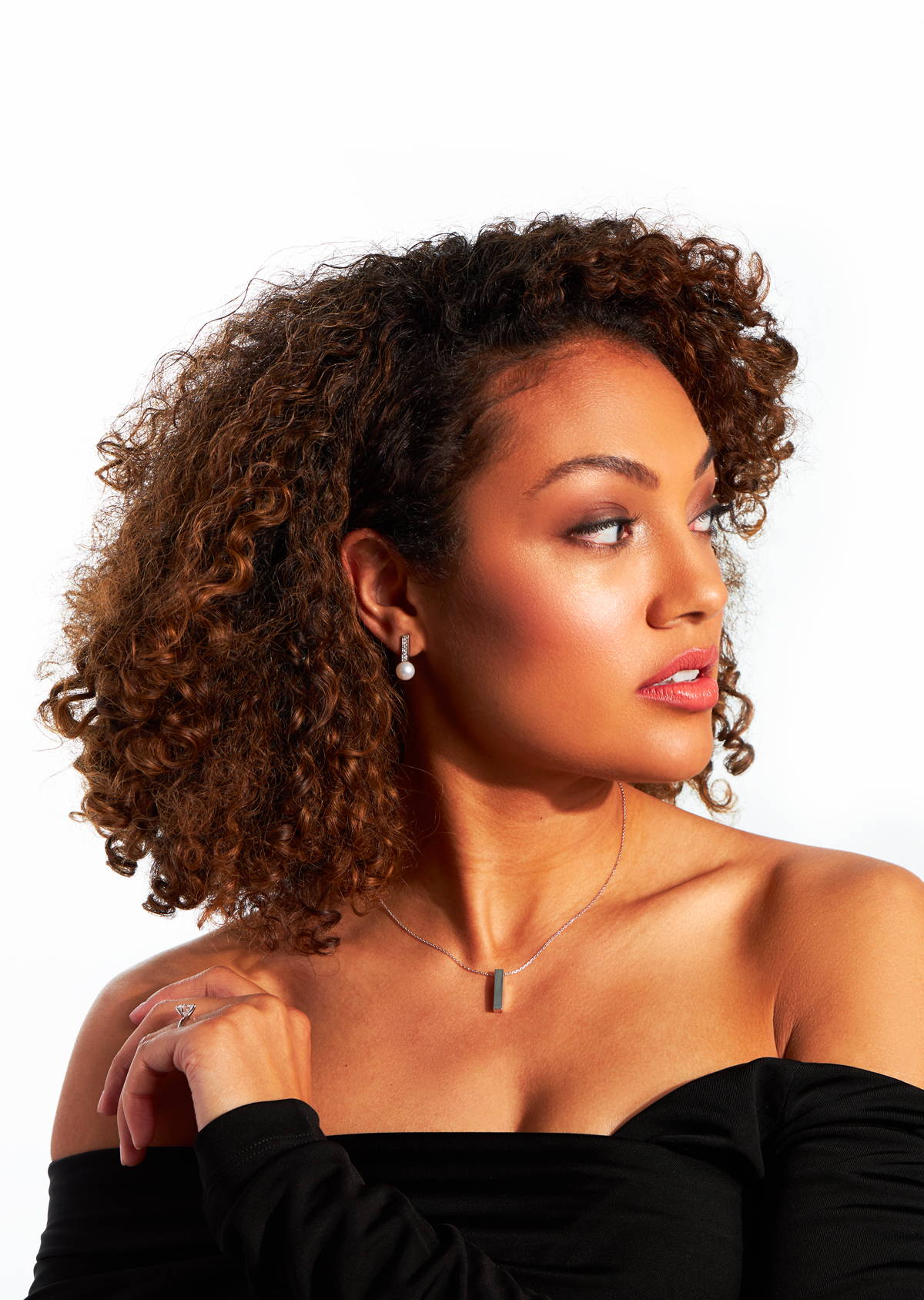
Sterling silver
Sterling silver is a precious metal, just like gold and platinum. It is the most affordable of the noble metals and its value varies on the international market depending on supply and demand.
Sterling silver is also called 925 silver; Pure silver is a metal that is too soft, too malleable to be used in the majority of jewelry. This is why other metals (such as copper) are added to it to harden it, always maintaining a minimum composition of 92.5% silver in the alloy. To ensure that this proportion is respected and that your jewelry is indeed made of Sterling silver, look for the “925” or “STG” hallmark affixed by the jewelry manufacturer.
Sterling silver is a metal that oxidizes over time; It is then advisable to polish it with a soft cloth to restore the shine to the jewel. In order to avoid this oxidation and preserve the shine of your precious items, it is recommended to opt for rhodium plating; This thin plated layer will provide shine and luster to your jewelry in the long term.
The silver wedding anniversary is celebrated on the 25th anniversary of the lovers' union. It forms a particularly successful marriage with semi-precious stones such as turquoise, blue topaz and garnet.

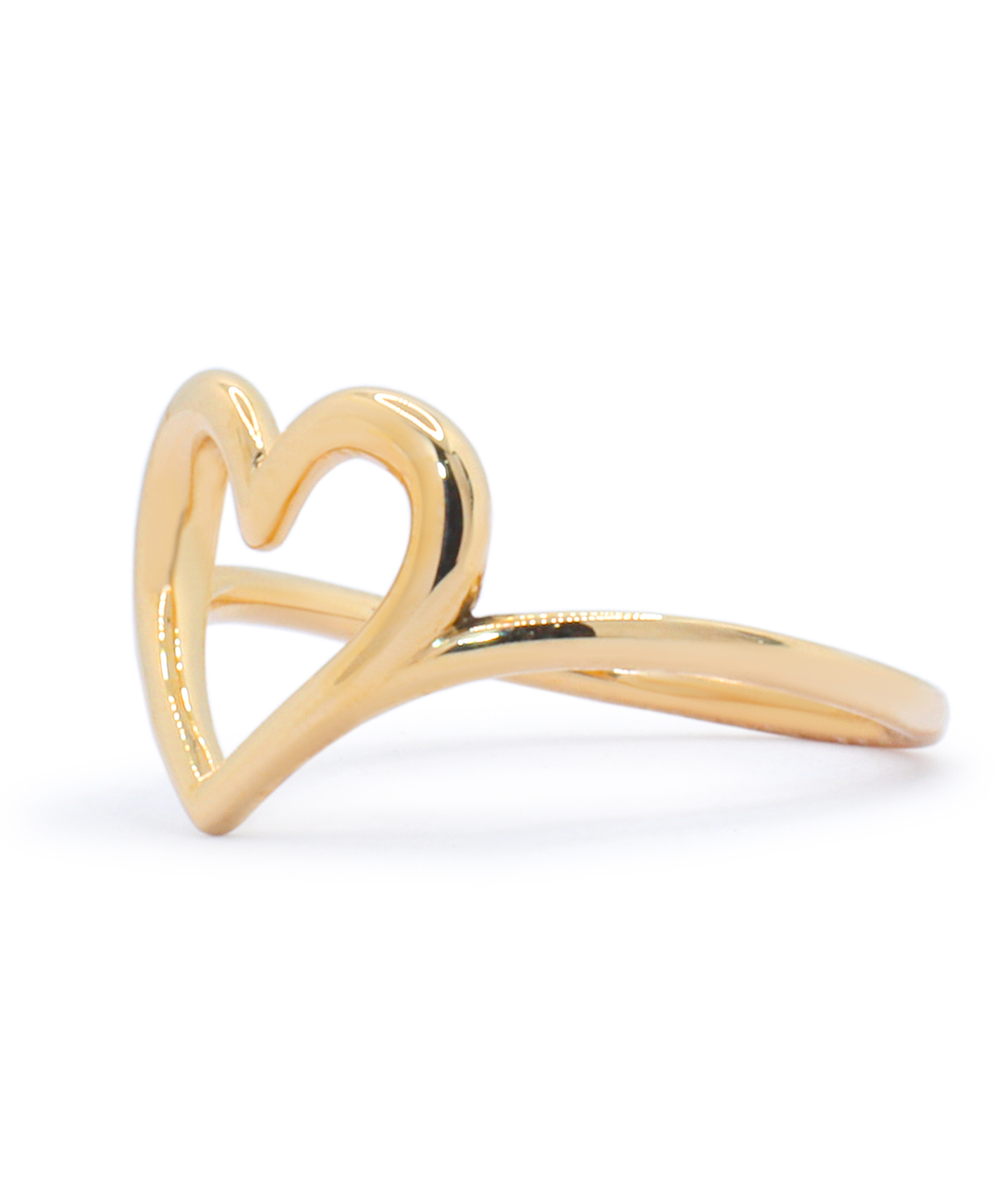
Yellow gold
The rarity of yellow gold, added to its brilliance, its resistance to corrosion and its great malleability make it the ideal material for creating the most beautiful pieces of jewelry. Gold is stainless and durable; its golden color will shine brightly since it will change very little over time.
100% pure gold is rarely used in jewelry since it is too malleable and the jewelry made quickly deforms. We therefore add silver and copper to the yellow gold alloy to obtain a more rigid metal, which will not deform.
10, 14, 18 carats? Karats correspond to parts of gold of the total mass of an alloy. For example, 10 carat gold contains approximately 42% solid gold while 18 carat gold contains more than 75%, which explains the significant price difference!
Don't forget to offer a magnificent gold jewelry to lovers celebrating their 50th wedding anniversary! Sensitive skin also appreciates gold jewelry, since it is practically hypoallergenic and does not darken the skin like silver which oxidizes. It is also a good idea to offer jewelry made of gold to people who keep their jewelry at all times because gold is very resistant to the hazards of daily life. The symbolism of gold is very strong: we associate energy (the gold medal), the divine and wisdom (the golden age).

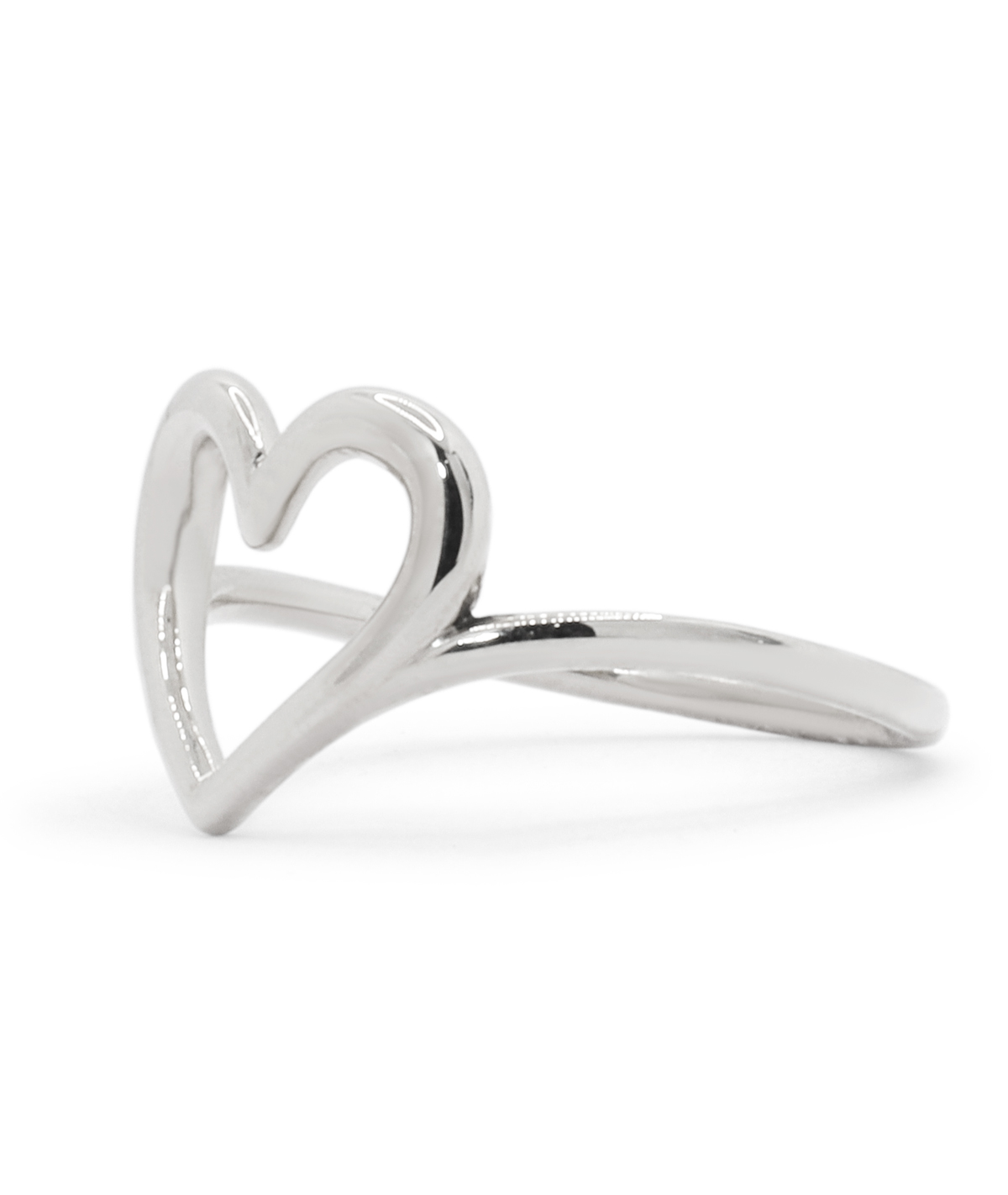
White gold
White gold, or sometimes called white gold, is an alloy of yellow gold and metals such as palladium, platinum or silver, which gives it its immaculate color. White gold has greater longevity and luster than Sterling silver.
For maximum shine, a rhodium plating treatment is essential to give your jewelry a remarkable shine. This service is offered at an attractive price by the master jewelers of Flamme en rose.
Do you like dazzling diamonds that shine brightly? Opt for a white gold setting, which will remain neutral and will not give your diamonds any color other than their beautiful original colors! Otherwise, give it to someone who has a very active lifestyle and they will be able to wear their jewelry at all times without fear of damaging, tarnishing or deforming it.

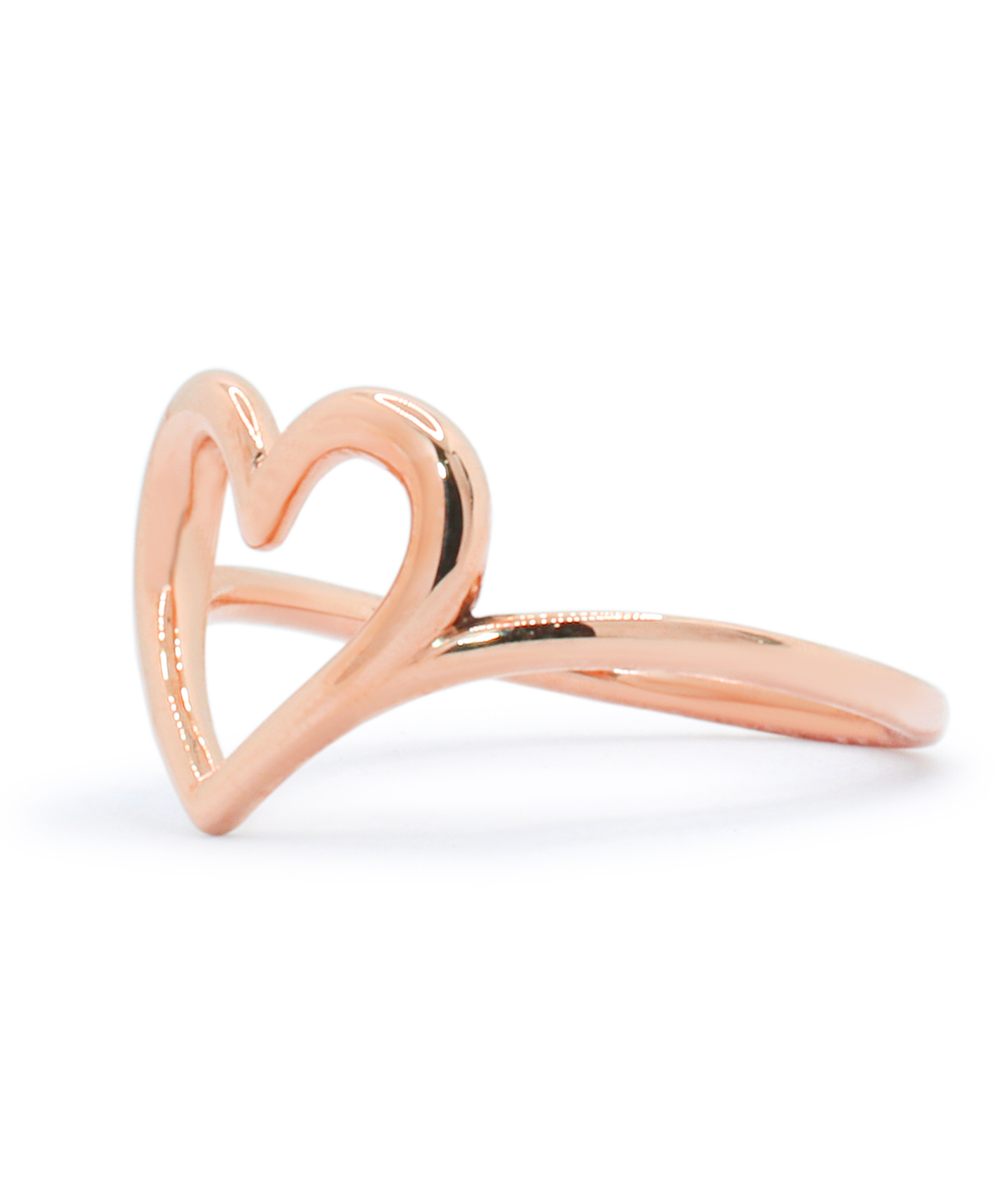
Rose gold
Looking for a “je ne sais quoi” when choosing your next piece of jewelry? Rose gold is probably what you are looking for! Rose gold will please you thanks to its originality, its natural look and its coppery tones.
Very durable, rose gold (like all colors of gold) is the ideal choice for people who cannot part with their jewelry. It will retain its beautiful pink color over time. Rose gold looks especially stunning on dark-skinned people. If your skin is rather dark, opt for a ring or a pendant and if you have rather pale skin, rose gold earrings will match your complexion.
The pink color of gold is obtained from an alloy between yellow gold, silver and copper. It is the latter which gives the beautiful delicious color to gold, but also its great resistance characteristic of pink gold.

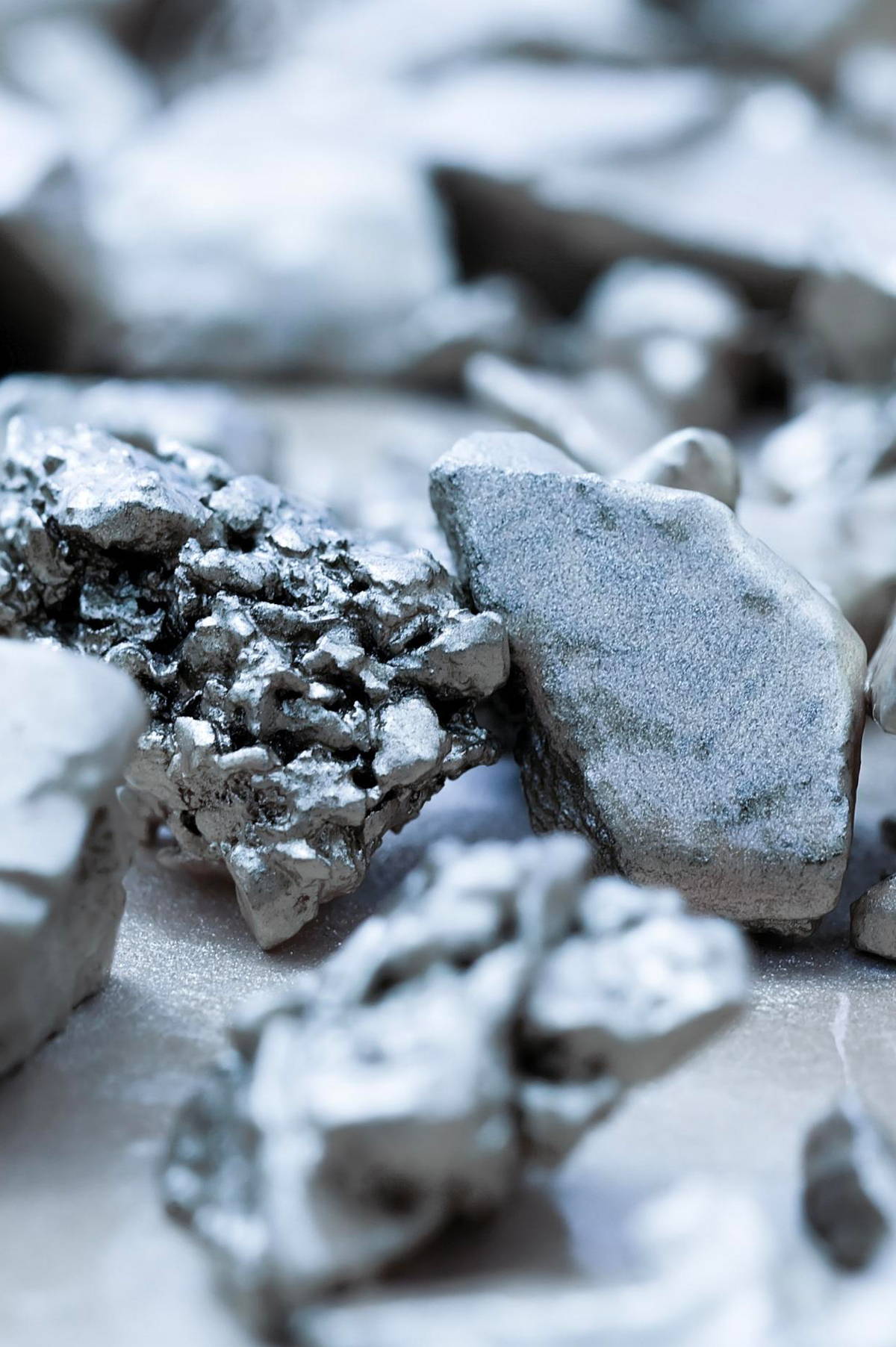
Platinum
Of all the noble metals used in jewelry, the most precious of the precious is undoubtedly platinum. Its unalterable brilliance, its characteristic heaviness and its great resistance make platinum the choice of connoisseurs who only opt for rare and noble materials. Platinum is estimated to be approximately 30 times rarer than gold.
More gray but very shiny, platinum enhances the luster and brilliance of the most beautiful diamonds. Unlike white gold, no rhodium plating is required for it to maintain its characteristic shine. 95% pure, platinum is hypoallergenic and suitable for the most sensitive skin. Platinum ages without oxidizing and losing its beauty; without special care, it acquires a brushed appearance that does not look worn or shabby. To revive the luster of your jewelry, you can have it polished once a year at our workshop.
Surprise the man in your life by giving him a refined platinum bangle, or opt for this noble metal when making jewelry that will be passed down from generation to generation and will last in your family. Celebrate your platinum wedding anniversary (70th wedding anniversary) in a big way with a unique, classic, extremely durable piece of jewelry. Platinum is also a safe choice: this dense metal, resistant to crumbling and abrasion, will set the most precious stones without risk of loss.
